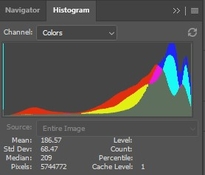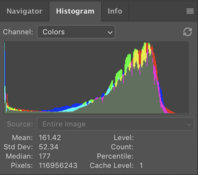I tried Smart Convert on 20 rolls of film that I shot recently (mostly Ektar, Gold200 and Portra 160 in medium format). Ignoring two or three cases of "catastrophic failure" the results are not bad. The "Flat" preset is probably the most useful as a starting point for processing; their default "Normal" settings give too much contrast and saturation; the "High contrast" is unusable. I would replace "High contrast" parameters with "Normal" and make default settings half-way between current Flat and Normal.
I tested a Windows version on my laptop with 1920x1080 display resolution. The conversion seems to be stable while the GUI is full of bugs. The layout changes from one image to another, the controls are overlapping so I have no means of changing contrast, density, saturation and other parameters. I did not like the interface. The controls are unusual for photo editing software, awkward to use and occupy too much space.
I did not have much luck with the auto-cropping function. The manual crop is useful though as it saves some disk space.
Unfortunately, on my laptop the software is unusable. If the authors fix the bugs I would probably buy it. I don't use Adobe products or other "rented" software, so I am really glad that applications like Smart Convert exist.





